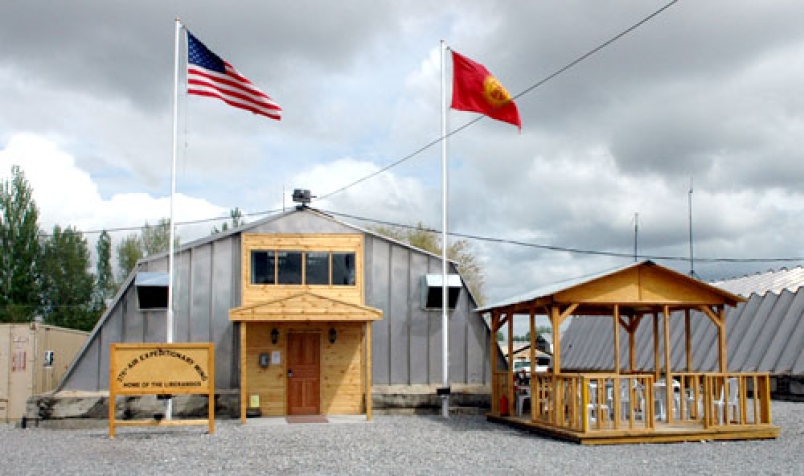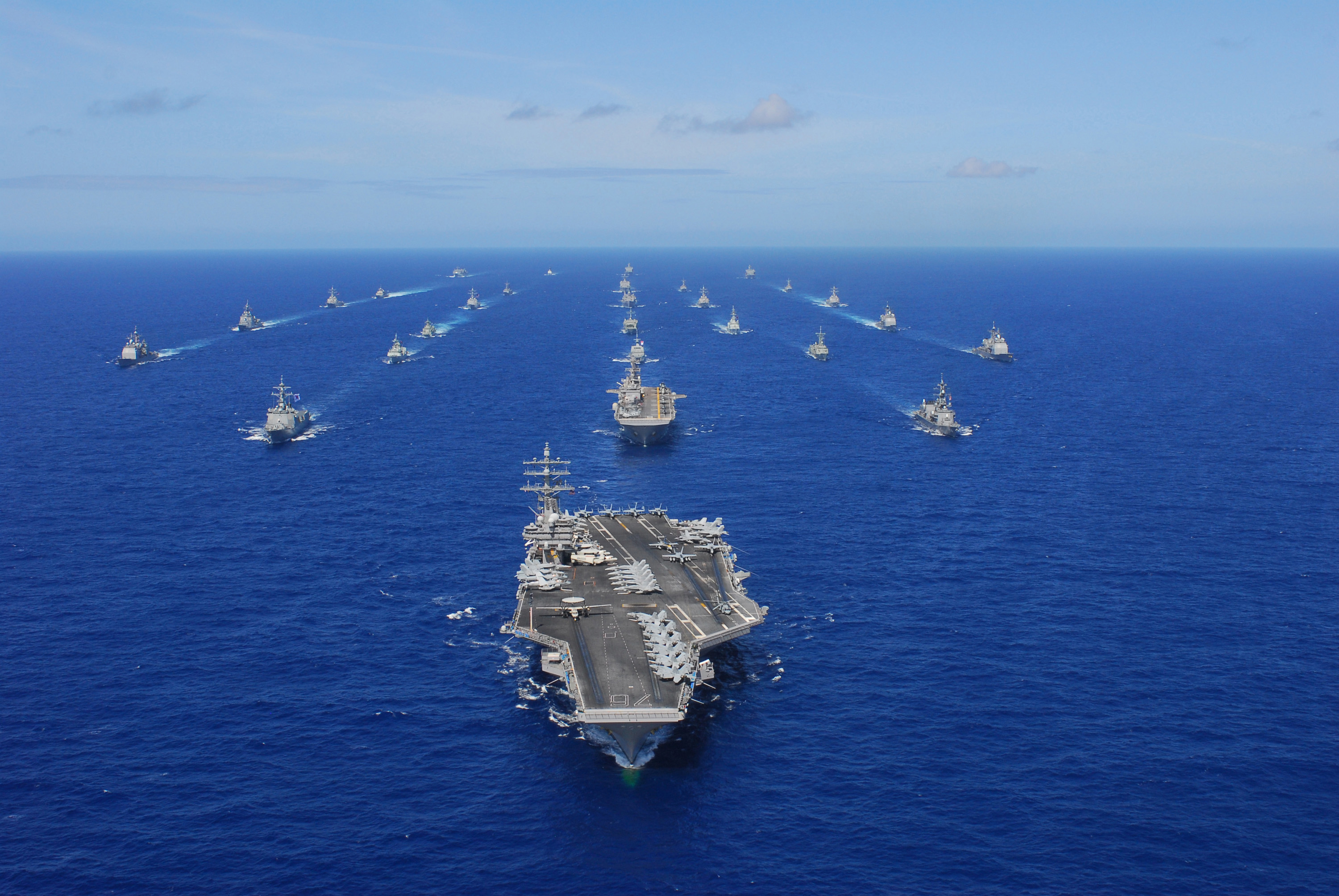Described as a ‘hyperpower’ by some commentators, the United States’ global hegemony is beyond dispute. Though regional powers like Russia and Iran may posture or provoke, no state or coalition of states has the capacity to come out ahead in a direct confrontation with the U.S. However, the projection of American influence could be seriously inhibited through the actions of even small terrorist groups, in large part because U.S. military resources are stretched so thin. A worldwide network of bases exists to move supplies where they are needed just in time. An attack on a particularly vital base or an unexpected closure could seriously interfere with the U.S.’ strategic rebalancing and force policymakers to scale back plans in one or more regions.
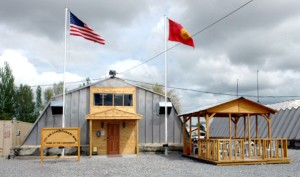
For example, the logistics of state-building operations in Afghanistan suffered considerably when the Kyrgyz government demanded the closure of the Manas Transit Center. Previously a Soviet airbase, Kyrgyzstan agreed to lease the facility to the US in December 2001 and it was soon converted into a major transit hub for U.S. operations in Afghanistan. Russia and China almost immediately took issue with the American presence in Manas, wondering to what purpose they would direct this strengthened presence in Central Asia over the long-term. By 2005, the Russians and Chinese had pressured the Shanghai Cooperation Organization, a regional institution, to issue a declaration condemning America’s presence in Central Asia and calling for Manas’ closure. In February 2009, Kyrgyzstan’s legislature voted to close the airbase after Russia offered to provide $2 billion in loans and $150 million in financial assistance to the Kyrgyz government; the closure was only averted when the US offered to increase its annual lease payments for the airbase from $17 million to $60 million and to provide additional financial assistance worth $117 million.
American influence could be seriously inhibited through the actions of even small terrorist groups, in large part because U.S. military resources are stretched so thin.
However, this only delayed the inevitable. By 2011, Kyrgyzstan’s newly elected President Almazbek Atambayev had already indicated his opposition to the continued American presence in Manas. Anticipating the expiry of the airbase’s lease in 2014, the U.S. hurriedly adjusted its transportation routes for cargo and personnel destined for Afghanistan. The Northern Distribution Network is one attempt to account for the dangers of shipping supplies through Pakistan to Afghanistan and the future loss of Manas. As such, the Latvian capital of Riga has become a new major logistical hub. Mihail Kogălniceanu International Airport in southeastern Romania has emerged as another substitute for Manas. Nonetheless, the announcement in June 2013 that the Kyrgyz government would not renew the Manas lease and that American personnel must vacate the airbase by July 2014 frustrated ongoing operations in Afghanistan.
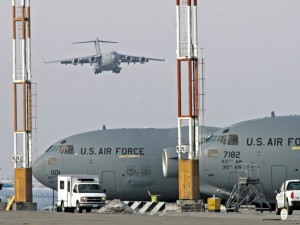
The Manas experience holds some lessons for the U.S.’ strategic pivot to the Asia-Pacific region. In order to project power effectively in the region, the U.S. will require naval ports and airbases to act as vital links in its supply chain. Subic Bay in the Philippines seems a likely candidate. Formerly an important US naval base in the Pacific, Subic Bay was closed in 1992 when the Philippine Senate refused to ratify an extension of the American lease on the base. In response to increasingly expansionist behavior by China, the Philippine government invited the U.S. to resume use of Subic Bay in 2012 and the base could certainly become crucial to a sustained American presence in the region. But, much like Manas, the fate of Subic Bay could be determined by populist politicians in the host country seeking to advance their own position by playing to anti-American sentiment. There have already been rumblings of discontent among community leaders regarding the development of Oyster Bay, another possible US naval base in the Philippines.
The closure of Manas airbase was a victory for Russian ‘soft power’. While China’s soft power in Southeast Asia is sorely lacking in comparison to the leverage Russia has in Central Asia, averting a logistical mess in the Pacific will require a major investment in public diplomacy by America. Financial assistance for the development of local communities will do much to secure support for these bases and isolate those populists who would try to mobilize the public against an American military presence.
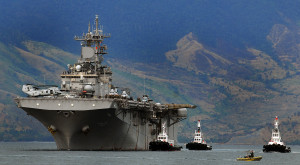
However, the threat of a devastating terrorist attack presents the greatest risk to the US’ supply chains. In 1983, the Beirut barracks bombing killed 241 American servicemen and 58 French servicemen. A few months after the suicide bombings, the Multinational Force endeavoring to enforce peace in Lebanon withdrew from the country. A similarly potent attack on the Oyster Bay naval base by a terrorist group like the Moro Islamic Liberation Front (MILF) could prompt calls from the American public to withdraw from the Philippines or at least from Palawan Island, where Oyster Bay is located and the MILF is known to operate. The strategic challenge presented by terrorism is daunting in this context since it is exceedingly difficult to know when, where, or how an attack might be launched. The nature of Russian interference with Manas was plainly evident and could be countered by offering better financial rewards for the Kyrgyz authorities. In contrast, it is difficult to predict whether the recent peace agreement between the Philippines and Islamist groups will succeed and whether the latter would even consider launching an attack on U.S. military assets if the agreement were to fail.
Addressing the terrorist threat will simply require a renewed focus on harbor defence. The October 2000 attack on the USS Cole saw ample attention directed toward force protection and the prevention of future such attacks. Revisiting best practices might help ensure that the next attack on a naval base is quashed before it can lead to loss of life. For example, the NATO Centre of Excellence for Operations in Confined and Shallow Waters (COE CSW) in Kiel, Germany frequently holds discussions and organizes exercises regarding harbor defence and force protection. The U.S. actively contributes to this institution along with seven other NATO member states. Expanding the COE CSW’s capabilities in this area might allow the U.S. to obtain new methods, tactics or even technologies for the protection of bases like Oyster Bay. Given the toll that a successful attack could have on American power, it would be a worthwhile investment.

